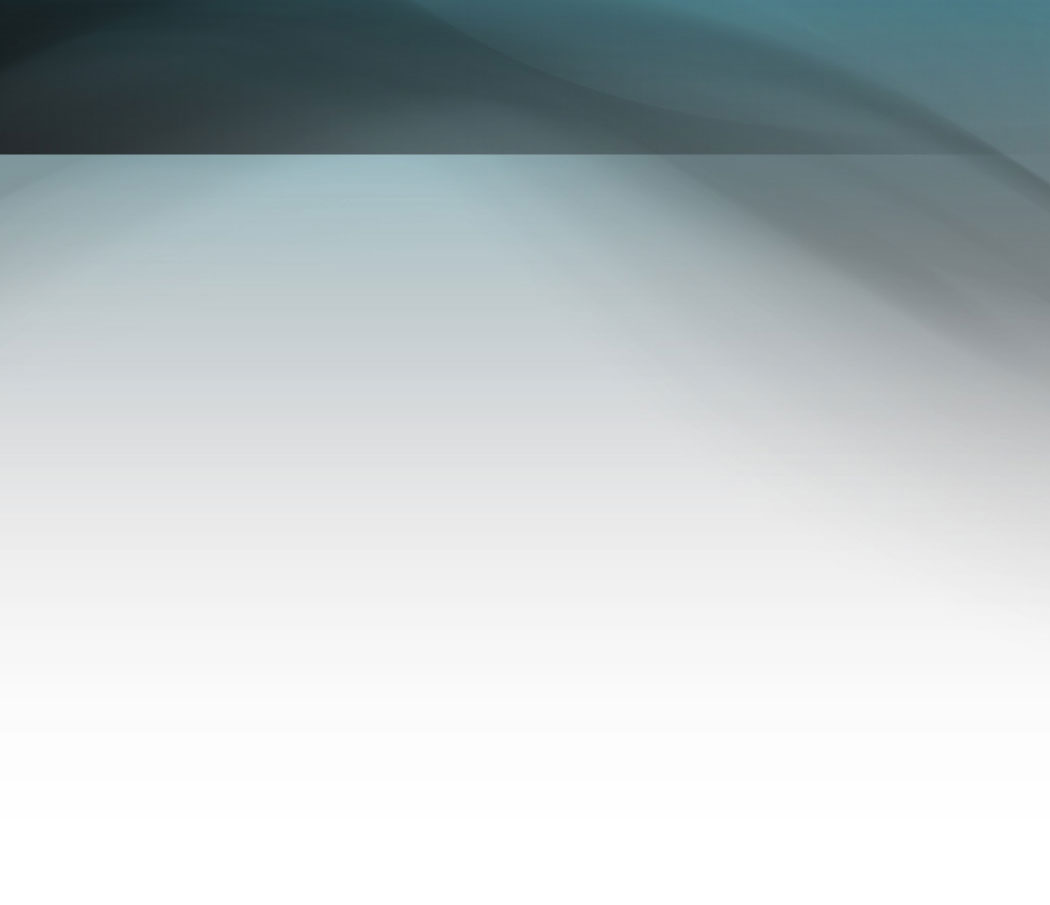Healthcare at the Community Level
Submitted by scooke@healthde... on June 21, 2012 - 09:58The 2010 health reform law has made possible significant funding for healthcare in underserved areas across the country. Detroit is taking advantage of these funds and communitiy health centers are playing a crucial role. Read more about it here.
The Nature of Nature
Submitted by NancyNoyes on September 14, 2011 - 12:46THE NATURE OF NATURE
Submitted by Nancy Noyes
The vast majority of the Evidence Based Design research concludes that nature is the theme of choice for healthcare art design. The question is, how do we, as art designers, take this conclusion and make our schemes rich and textural without finding ourselves pigeonholed into thinking that only nature photography fits the criteria?
The way I have found to be effective, is to look at nature and pursue the goal of creating a calm, supportive environment by turning the process inside out. I use the principles of Feng Shui to create the same harmony in a facility that is found in nature when it is in its most balances state. Using the Constructive Healing Cycle as a guide, where water feeds wood, which then creates fire, whose embers enrich the earth, which compresses to create metal, which holds water, I can create the best environment for the mental and physical health of the people who will live, visit, or work in the space.
With a 5000 year history to the theory and application of this philosophy and practice, validity is surely established. The basis of this theory in design is to make the people more important than the building. The basics of the Compass School of Feng Shui explain that each of the elements of nature is represented by shapes, materials, colors, and meanings. With that knowledge I choose art and place it in a cycle to create the same harmony in a hospital lobby and throughout that is found in nature.
The process is no secret; it only takes conscious intent to choose the right pieces. For example, in a recent project I designed in a hospital in Colorado, I chose a metal weaving at the entry. It was first, metal, but more importantly, metal means stability, leadership, and trust- the perfect emotions for the community to feel when entering the hospital.
In the round lobby, there is a wood wall on which I chose a painting of water dropping into a pond. It represented the water element, which means power and fluid Ideas, on wood which means growth and vitality. This was an example of incorporating the architecture into the design.
Straight ahead is a 4 story atrium in which I wanted clouds cascading down through the vertical extensive space; but needed a fire element. Fire is represented by the color red or orange, the shape of points, and the meaning is passion and excitement. Since northern Colorado always has beautiful clouds, I researched with a meteorologist and discovered that tulip clouds come to a point and are found in Colorado. Passion is important for everyone involved in healing, and that was present in the cloud sculpture.
Beyond the atrium, I placed a large horizontal painting of cut corn, so representative of the area. I needed the earth element there, and achieved it with the horizontal shape, and brown and yellow colors that represent the element of earth. Its meaning is comfort and security, which, in a lobby, begins the feeling a patient, or visitor takes with him throughout his experience. He feels safe.
Past the painting, I chose metallic colored leaves that complete the circle, bringing us back to the metal element. Beginning and ending the cycle with metal was important because of the importance of instilling trust and stability.
What is reported to us, each and every time we go that particular hospital, is that, by the time a patient or visitor reaches the Information Desk, he takes a noticeable breath and, with a much calmer demeanor than was there before, asks his question. We hear this from the medical staff, volunteers, and security officers as well as patients. When each group notices, I know I have done my job.
Yes, it is a different approach. Yes, it requires conscious effort, but the result is an environment that promotes wellness in a way that is interesting and thought provoking. No one can name it, but everyone feels it!
Questions to consider: Is nature photography the only way to create a calm environment in healthcare art design? How can we venture out, of that box to create rich, textural interiors while keeping the balance of nature that creates the harmony needed in healthcare art design?
Works Cited
Working Paper: Consumer Perceptions of the Healthcare Environment: An investigation to Determine What Matters: By the Picker Institute
Environments, Methodology, Patients, Quality of Care: By David Allison, Uriel Cohen
Environments – Patients and Quality of Care: By Gary Cohen
Places of the Soul: Architecture and Environmental Design as a Healing Art: By Gregory Ross (2006)
The Healing Environment: Art and Well Being: By Grampion Hoospitals Art Trust and Anne Moore (2011)
Design for Nature in Dementia Care: Garuth Chalfont for the Bradford Dementia Group (2007)
The Western Guide to Feng Shui: By Terah Kathryn Collins
Feng Shui: By Eva Wong
A Master Course in Feng Shui: By Eva Wong
Nancy Noyes is an art consultant whose company, Noyes Art Designs, has been doing healthcare art schemes for 33 years. Her philosophy and implementation of it have garnered her large projects both in Colorado, her home base, and around the country. Read more about her on www.noyesartdesigns.com. Nancy is also the published author of the poem “The Connection”.
Frequently Asked Questions in Clinic Design
Submitted by Anonymous on July 12, 2011 - 15:01The Clinic Design website will be adding a new feature in the coming weeks--Frequently Asked Questions. What questions do you find yourself asking and would like answers to?
